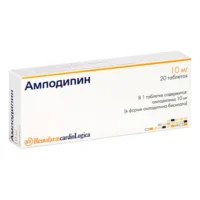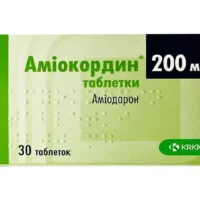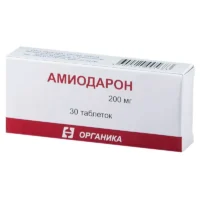Description
Enoxaparin Solution for Injections 10000 anti-Cha IU/ml. 0.8 ml Syringe
Ingredients
Enoxaparin solution for injections 10000 anti-Cha IU/ml, sodium chloride, benzyl alcohol, and water for injection.
Dosage
The recommended dosage of Enoxaparin solution for injections is determined by the healthcare provider based on the patient’s condition, weight, and other factors. It is usually injected subcutaneously once or twice a day.
Indications
Enoxaparin is indicated for the prevention of deep vein thrombosis, which may lead to pulmonary embolism in patients undergoing certain surgeries or who are immobilized due to acute illness.
Contraindications
Do not use Enoxaparin if you have active major bleeding, a history of heparin-induced thrombocytopenia, or hypersensitivity to any of the components in the product.
Directions
Administer the injection subcutaneously into the abdomen, alternating sides with each dose. Do not rub the injection site.
Scientific Evidence
Enoxaparin, a low molecular weight heparin, has been extensively studied for its efficacy in preventing thrombotic events. Clinical trials have shown that Enoxaparin is effective in reducing the risk of deep vein thrombosis and pulmonary embolism in high-risk patients.
Additional Information
It is important to monitor for signs of bleeding while using Enoxaparin. In case of overdose or allergic reactions, seek medical help immediately.
Pharmacological Effects: Enoxaparin works by inhibiting the formation of blood clots, thereby preventing the occurrence of thrombotic events. It specifically targets factor Xa, a key player in the coagulation cascade.
Clinical Trials: A study by Hull et al. (2000) compared the efficacy of Enoxaparin with unfractionated heparin in preventing venous thromboembolism in patients undergoing hip replacement surgery. The results showed that Enoxaparin was superior in reducing the risk of thrombotic events with a lower incidence of bleeding complications.




